Every time the sun finally comes back out in the spring, I get overly excited and spend as much time as possible outside.
Within hours, I realize that I've made a grievous mistake by not thinking about putting on sunscreen.
Even when it's only 60 or 70 degrees and still breezy or overcast, you can get a sunburn — this is something I somehow forget every single year.
If you're anything like me, the first sunburn of the year marks the beginning of the summer… though if your skin is pale, it'll probably be far from your only one.
Getting a sunburn is always embarrassing: it's painful and itchy, and it usually looks pretty awkward.
Even when you put on sunscreen, it's still possible to get a sunburn, which might leave you wondering, "How the heck did this happen?"
There are a lot of common sunscreen mistakes you could be making without even knowing it. Keep reading for more information.
Thumbnail Source: Flickr / Flickr
Common Sunscreen Mistakes You're Probably Making

According to the American Academy of Dermatology, one in five Americans will get skin cancer in their lifetime.
Sunscreen can reduce the risk of skin cancer, as well as protect you from sunburns. It also prevents early signs of aging.
But a lot of people make mistakes when it comes to wearing sunscreen. Are you guilty of any of these 10 mistakes?
Sunscreen Mistake #1: You Don't Read The Label
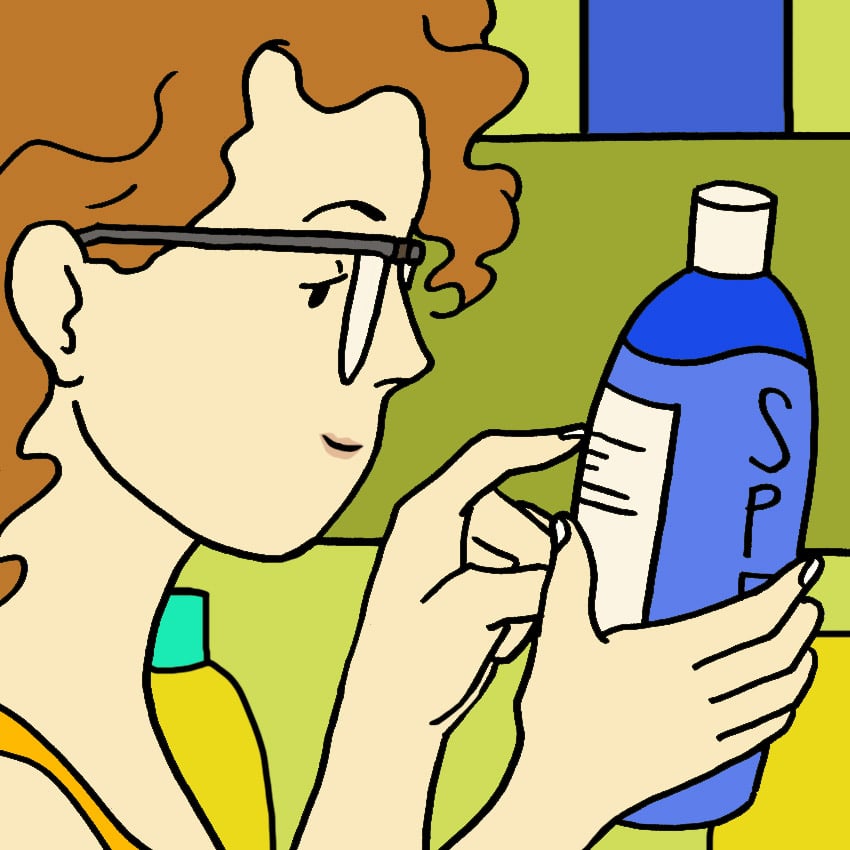
When looking at a sunscreen, you should always read the label thoroughly.
The FDA, which regulates sunscreens, requires that sunscreen labels include the following information:
- whether it is water resistant (40 minutes in water), very water resistant (80 minutes in water), or not water resistant at all
- its SPF
- whether it is broad spectrum or not
- whether or not it has a skin-cancer/skin-aging alert
One of the most important things to look at is whether the sunscreen is “broad spectrum,” which means it protects against UVA and UVB rays.
UVA rays can pass through window glass, and are responsible for skin aging.
UVB rays are blocked by window glass, and are responsible for sunburns.
The best kinds of sunscreen will protect against both UVA and UVB rays.
Sunscreen Mistake #2: You Only Wear It At The Beach

Many people only think about applying sunscreen when they're sitting at the beach. To be fair, that's often when the sun feels the hottest.
But it doesn't necessarily mean the sun is stronger at the beach than elsewhere.
The American Academy of Dermatology recommends that you wear sunscreen every single day that you'll be outside — even on cloudy days, 80 percent of the sun's rays can reach your skin.
Sand, water, and snow reflect the sun's rays, which means you need sunscreen even more than usual.
Sunscreen Mistake #3: You Don’t Use Enough
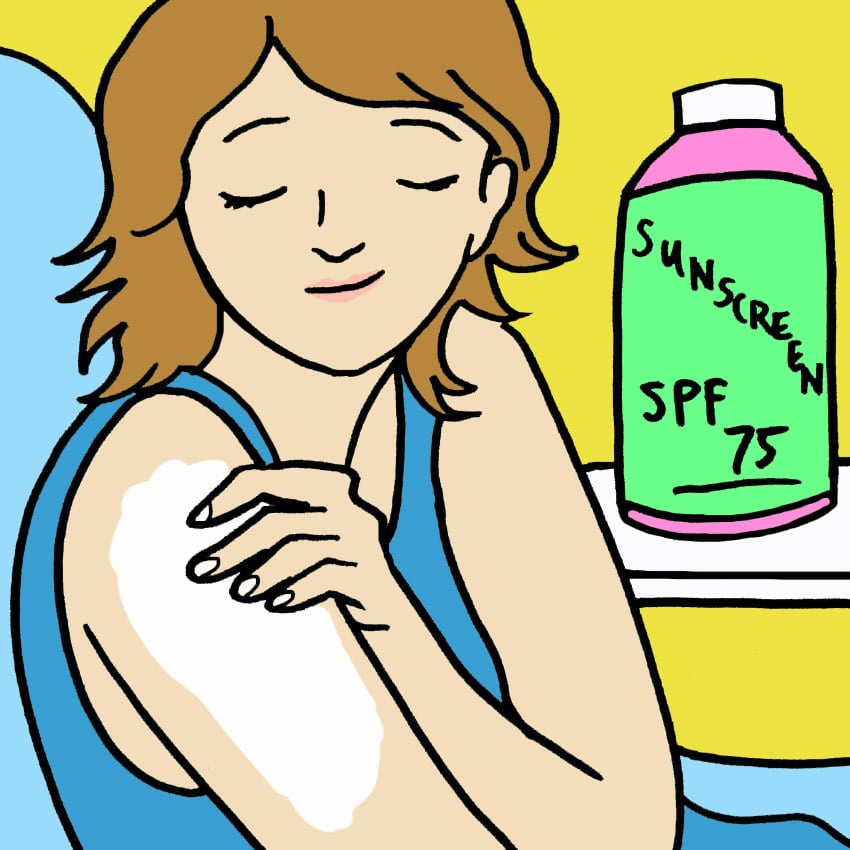
Dermatologists explain that a good rule of thumb is to use 1 oz. of sunscreen, or enough to fill a shot glass.
This amount may need to change depending on your body and the amount of skin you're exposing.
Anytime you go outside, you should have sunscreen on any areas that aren't covered by clothing — that includes your hands, feet, and face.
Sunscreen Mistake #4: You Don’t Reapply
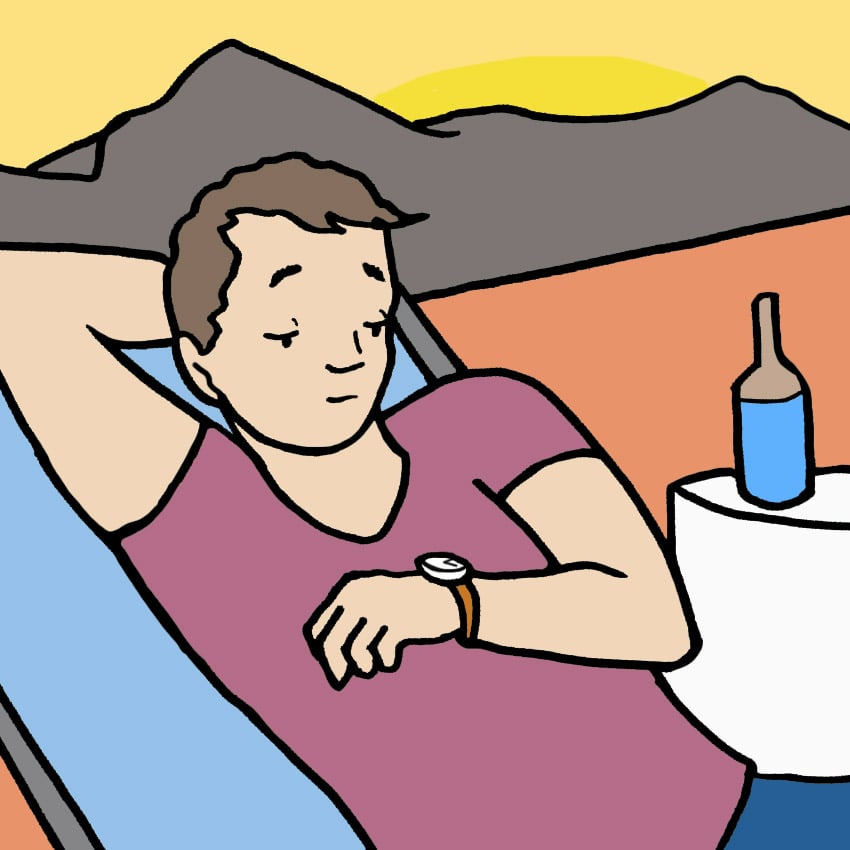
You might think that putting on your sunscreen once is enough, but that's not the case.
Around 15 minutes before you go outside, you should apply your first round of sunscreen.
After that, you should reapply sunscreen every two hours. You should also reapply sunscreen after swimming or a significant amount of sweating.
You also need to follow all the instructions on the sunscreen bottle, because each sunscreen is slightly different.
Sunscreen Mistake #5: You Don’t Use Sun-Protective Clothing

Many people forget that one of the best ways to protect your skin from the damaging rays of the sun is to cover up with more than just sunscreen.
Wearing sun-protective clothing is even more effective than putting on sunscreen, so don't forget that it's a great option when the sun is beating down on you.
Sun-protective clothing is also great for infants and toddlers, explains the American Academy of Dermatology — but you should always make sure you or your child/grandchild aren't getting overheated or dehydrated.
Sunscreen Mistake #6: You Miss Spots On Your Face
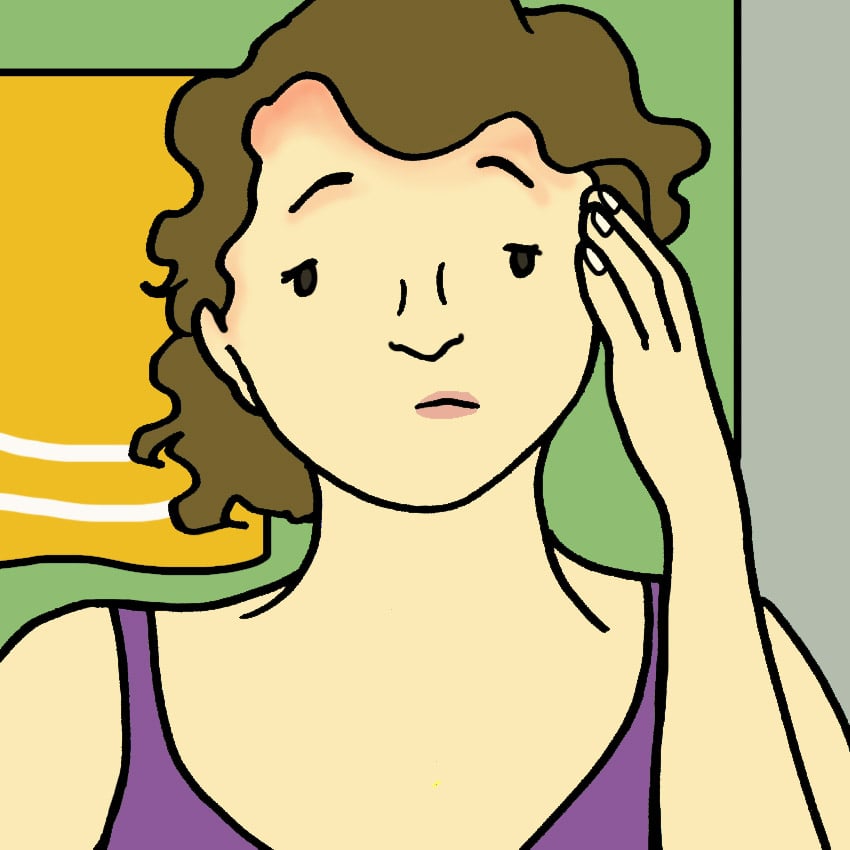
A lot of people miss certain areas of their faces when applying sunscreen.
Skin cancer can form anywhere, so you need to make sure to get sunscreen into every nook and cranny of your skin.
Some areas that are regularly forgotten or missed are around the eyes and eyebrows, along the hairline, and on the lips.
If you don't want to apply normal sunscreen to your lips, you can find a lip balm that contains sunscreen.
Sunscreen Mistake #7: You Don’t Check The Expiration Date
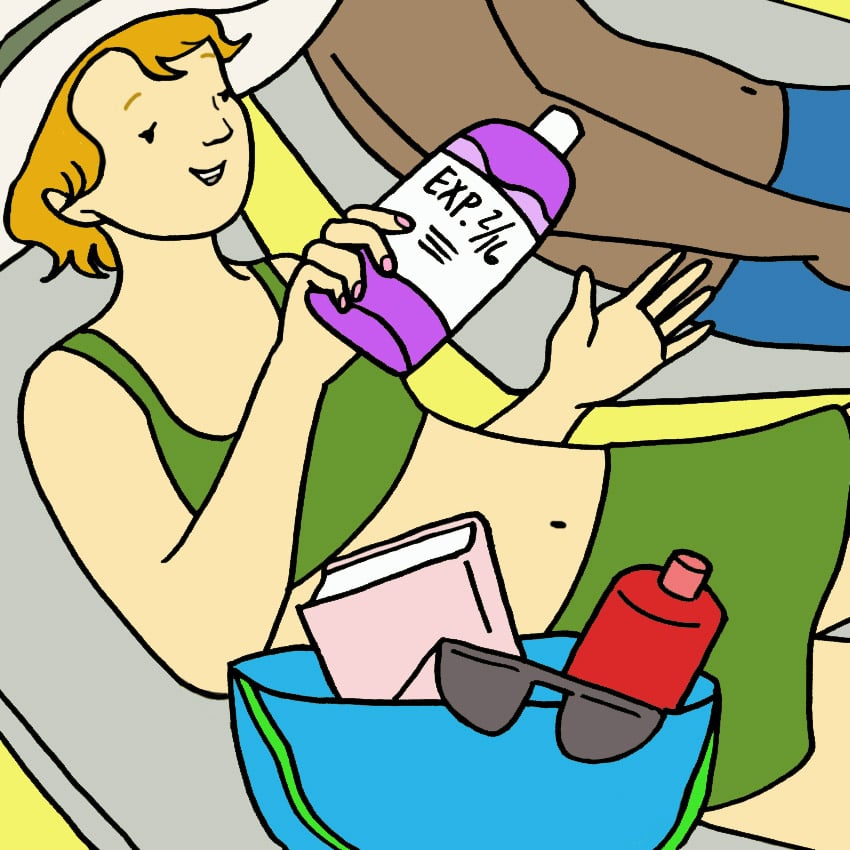
According to FDA guidelines, all sunscreen must retain its original strength for at least three years — that being said, many people end up with cabinets full of old sunscreen.
If your sunscreen has an expiration date, pay attention to it. If it doesn't have an expiration date, write the purchase date on it so you know to throw it away after three years.
There are also visible signs of sunscreen going bad. If it's changed color or consistency, throw it away and buy a new bottle.
Sunscreen Mistake #8: You Assume Higher SPF Means It Lasts Longer
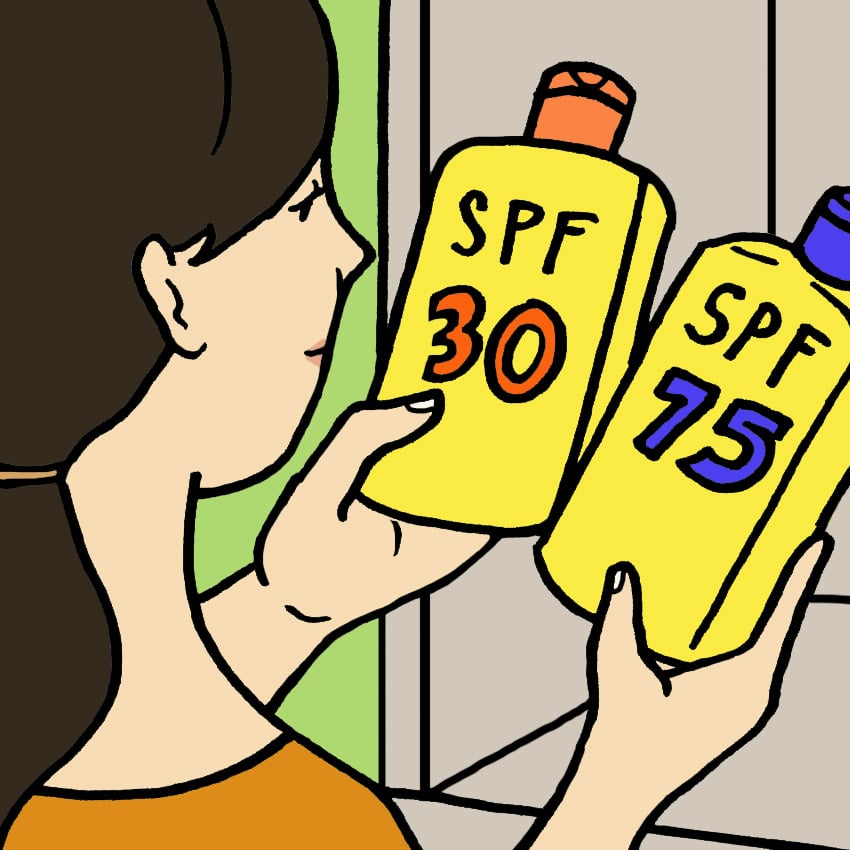
The American Academy of Dermatology recommends that everyone use a sunscreen with at least SPF 30.
SPF 30 blocks 97 percent of the sun's UVB rays — higher SPFs block slightly more UVB rays, but none can block 100 percent of the sun's rays, explains WebMD.
Many people think that using a sunscreen with a higher SPF value lasts longer, but unfortunately that's not the case.
Every sunscreen, no matter the SPF, needs to be reapplied every two hours.
Sunscreen Mistake #9: You Only Apply Sunscreen On Hot, Sunny Days

Many of us only think about wearing sunscreen when it's hot and sunny outside, but we should actually use sunscreen all year long, even when the sun isn't shining.
CBS News reports that people should use sunscreen even on overcast days.
The only exception to this sunscreen rule is babies under 6 months old, since their skin is more sensitive to the chemicals in the sunscreen.
Sunscreen Mistake #10: You Think The Sunscreen In Your Makeup Is Enough
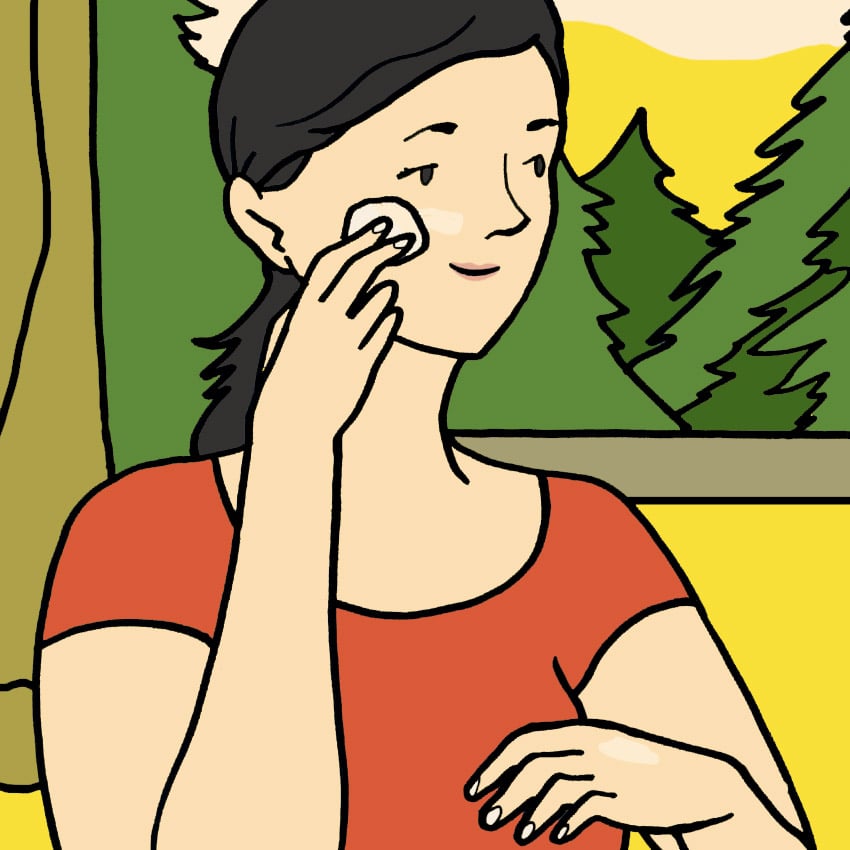
A lot of women rely on the sunscreen in their foundation or concealer to protect their faces from the sun.
While using SPF makeup is better than not using anything at all, there are some problems with relying on just your makeup.
Most people apply makeup only once or twice a day, not every two hours.
This means that the sunscreen in the makeup is only effective for parts of the day.
How To Properly Apply Sunscreen
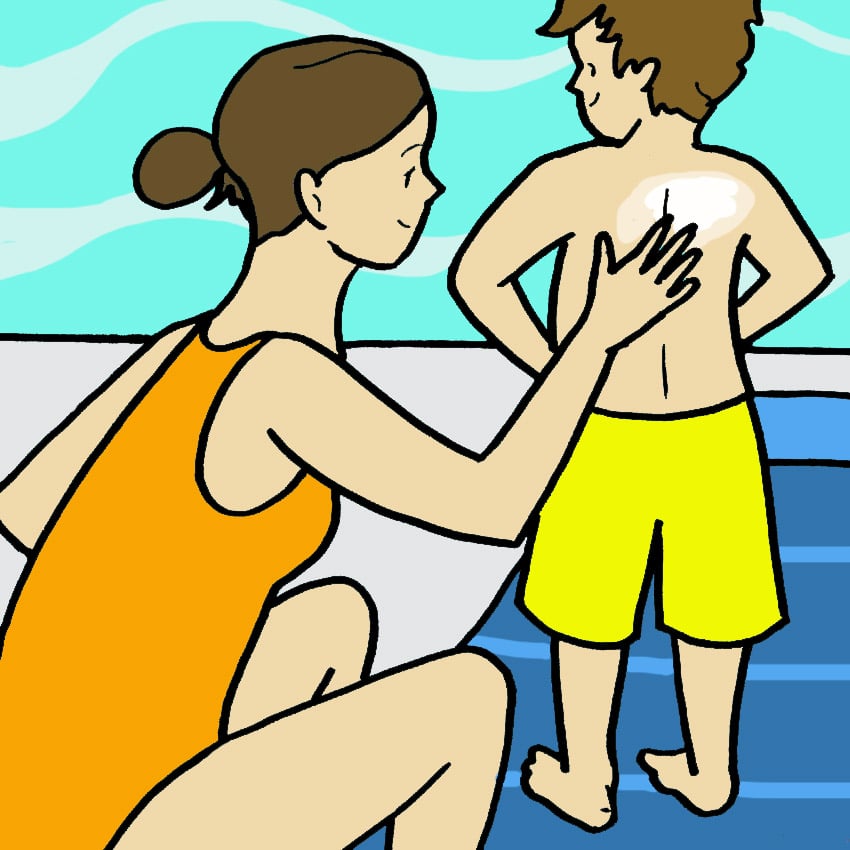
The best time to apply sunscreen is 15 minutes before going outside.
You should use approximately one ounce of sunscreen, and you should cover every area of skin that your clothes are not covering. Be careful not to miss any tricky areas.
Make sure you apply enough sunscreen: it's better to use a little bit too much and rub it in until your skin absorbs it. When it comes to sunscreen, less is not more.
Two hours after you first apply sunscreen, you should reapply again with the same amount as you used the first time.
You need to use sunscreen anytime you go outside, no matter what the weather is or what time of year it is.
If you hate sunburns, please SHARE this article with your friends and family!




